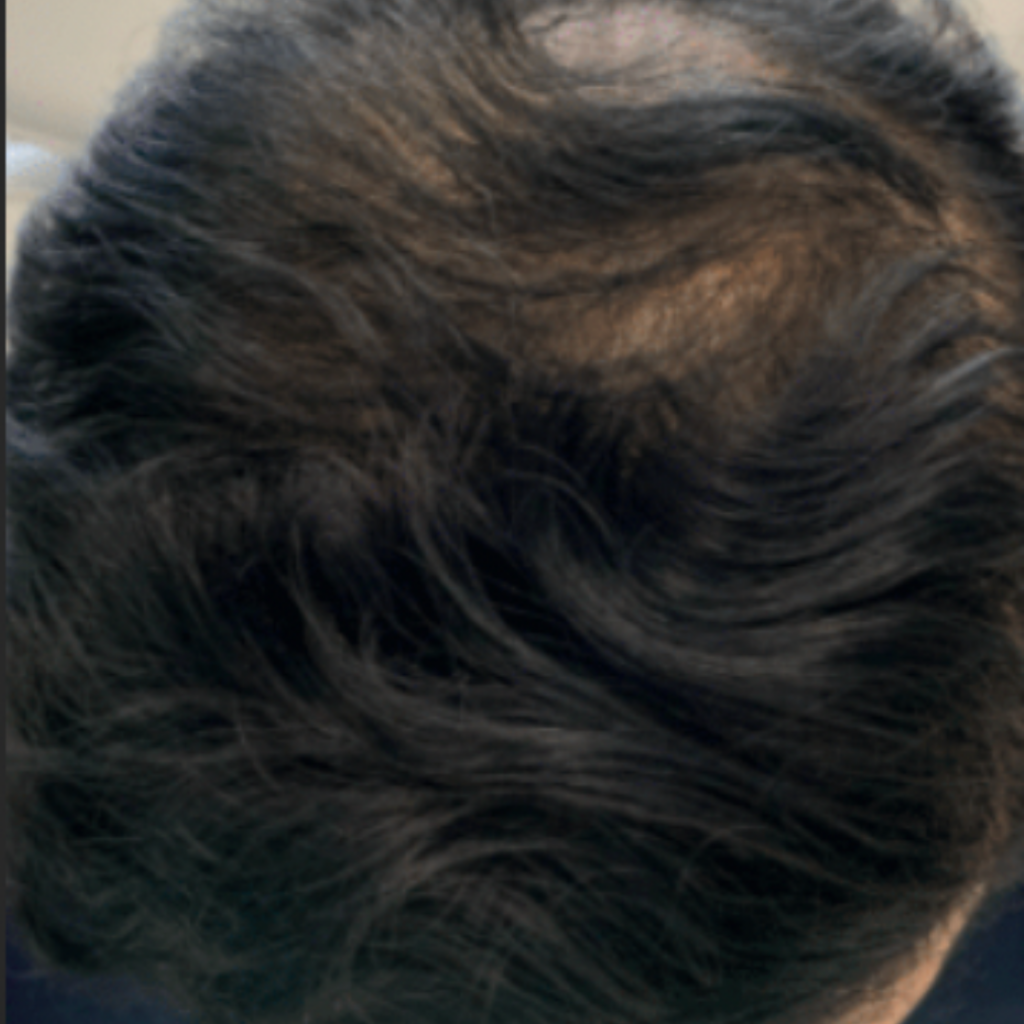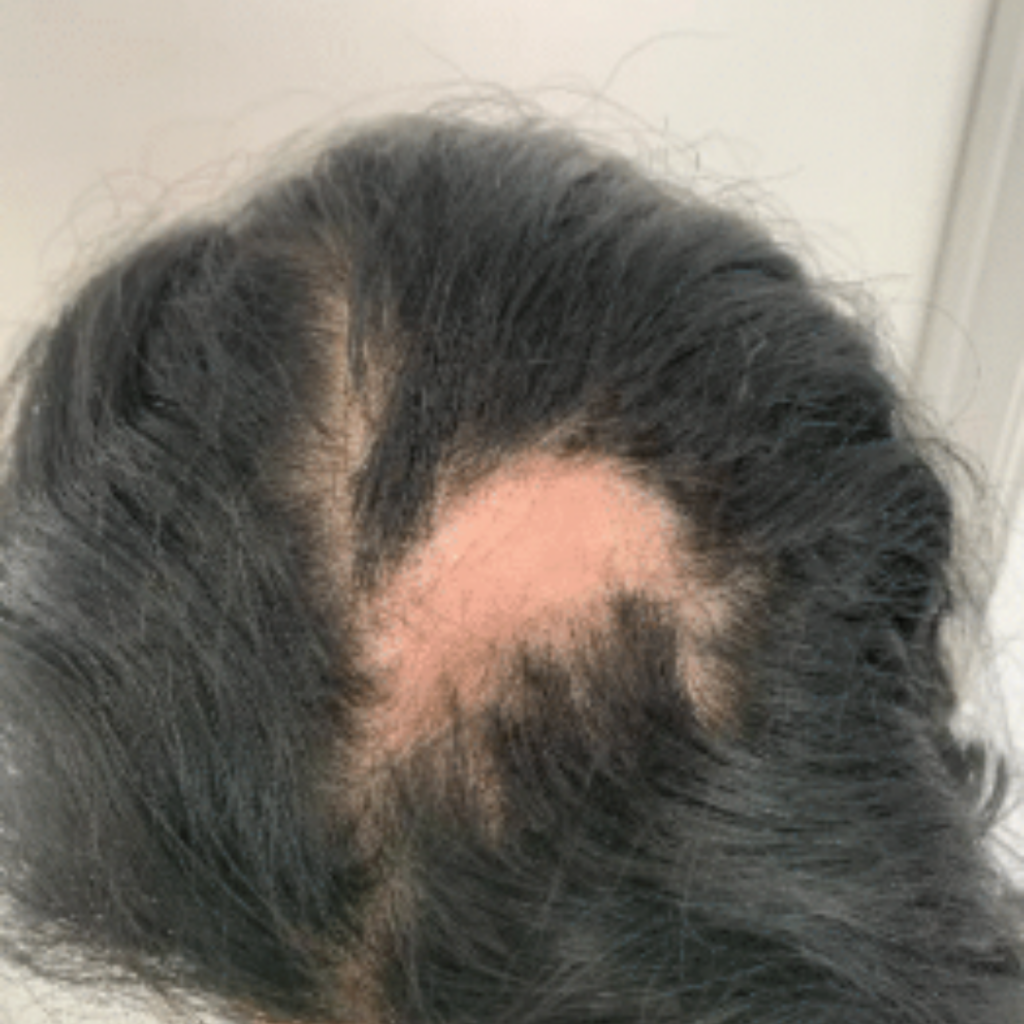Hair loss is typically a result of heredity, a medical condition or a hormonal change or imbalance. The most common cause of hair loss is hereditary hair loss, which typically occurs or worsens as you age. Hereditary hair loss in men is also called male pattern baldness or by its medical name, androgenetic alopecia.
For men, the first sign of male pattern hair loss may be a receding hairline or bald spot. What are the typical causes of hair loss? Hair loss is typically a result of heredity, a medical condition or a hormonal change or imbalance. The most common cause of hair loss is hereditary hair loss, which typically occurs or worsens as you age. Hereditary hair loss in men is also called male pattern baldness or by its medical name, androgenetic alopecia.
For women, the first sign of male pattern hair loss may be a receding hairline or bald spot.
Hereditary hair loss in women is called female pattern hair loss, also called androgenic alopecia. For women, the first sign of hair thinning may be temporal thinning, a widened part, or diffuse scalp thinning. Women usually retain their hairline.
Hair loss can also be caused by several medical conditions, including alopecia areata, telogen
effluvium and scarring alopecia. Alopecia areata causes the body’s immune system to attack its own hair follicles. This type of hair loss may be temporary or may need treatment if hair does not grow back. Stress, severe illness or another traumatic event can cause a temporary hair loss condition called telogen effluvium. Typically, after the stress or shock is reduced, the hair will grow back.
Hair loss can be treated with medication, therapy or a combination, but determining he cause of
your hair loss is the first step. If you are experiencing new or worsening hair loss, see your doctor or connect to a medical provider through the Follikle.
Sources:
American Academy of Dermatology
National Center of Biotechnology Information














